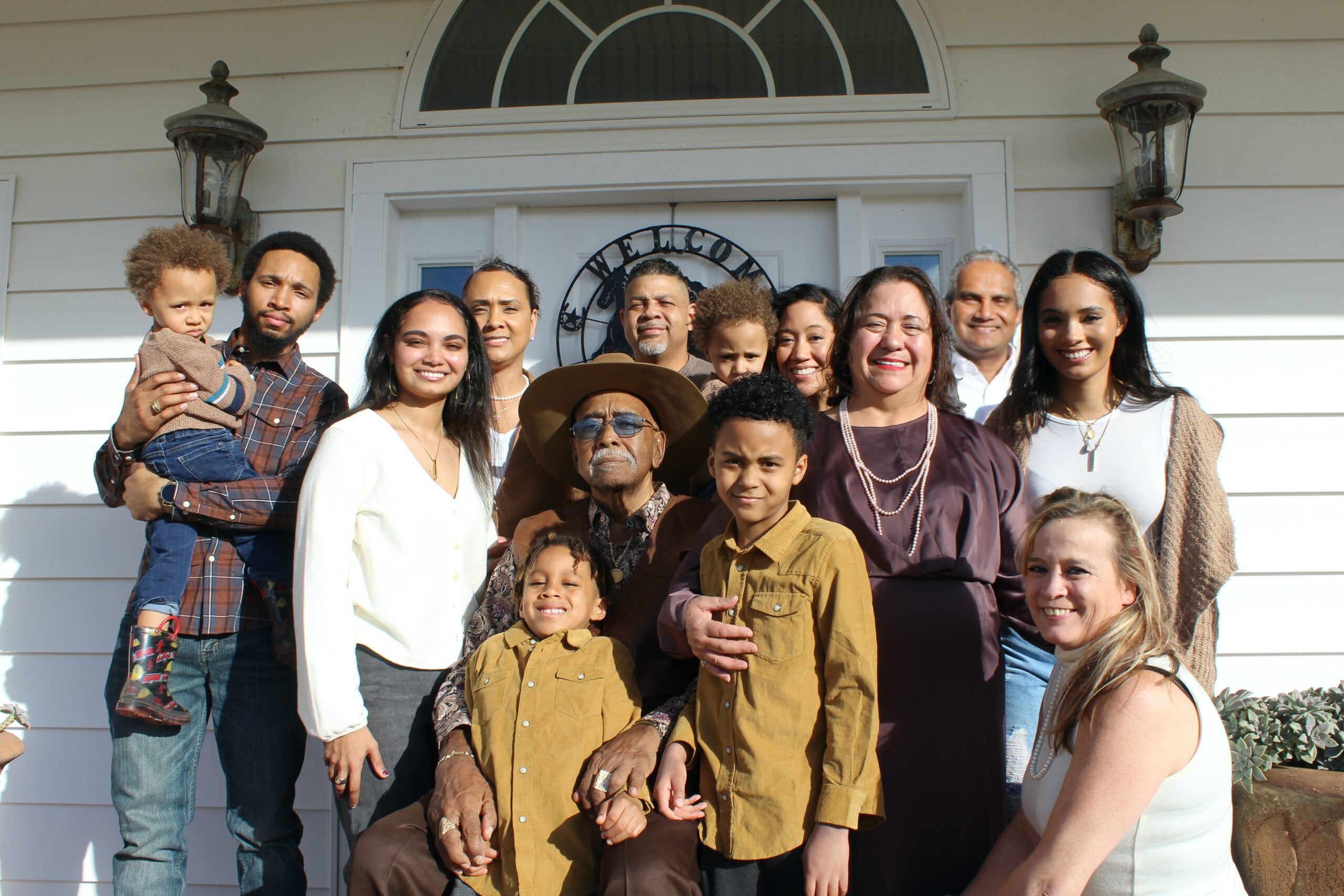-
Tribal Affiliation
Cherokee
-
Surname Heritage
Scotland / Ireland
McMillian History, Family Crest & Coats of Arms

The ancient Dalriadan kingdom consisted of the Hebrides islands, and the rugged mountains of Scotland west coast. The name McMillian began in this region; it was a nickname for a bald person; the name may refer to a member of a religious order. The Gaelic forms of the name are Mac Mhaolain or Mac Ghille Mhaoil, both of which mean son of the bald or tonsured one.
However, the origins of the Clan have been shrouded in uncertainty, largely as a result of historians of the Clan Buchanan, and their insistence that both Clans have a common ancestry. Buchanan of Auchmar says that the MacMillans are descended from Methlan, second son of Anselan, a Buchanan Chief of the thirteenth century. His theory supports the Buchanan claim that the MacMillans are but a sept (sub-Clan) of the Buchanan rather than a Clan in their own right. This theory is supported by the contention that both Clans have an ecclesiastical origin: MacMillan being Anglicized from Maolanach, meaning a ‘priest.’ However, tradition may more properly ascribe the origin from a particular tribe in Moray that has descended from the ancient Pictish tribe of Kanteai, thought to have existed in the first half of the second century AD.
Early Origins of the McMillian family
The surname McMillian was first found in at Tayside, where in 1263 Cilleonan MacMolan appears on documents. [1] They arrived in Strathtay from the lands in Loch Arkaig after King Malcolm IV transplanted many Clans, including the MacMillans, from that region about 1160 AD. Later, about 1350, the Camerons, who had changed their name to Chalmers, drove them from their Strathtay territories.
In vacating the Strathtay, the Clan branched to many other areas, including Lochaber, Argyll and Galloway. The senior branch, however, were the MacMillans of Knapdale, and they held a grant from the Lord of the Isles inscribed in Latin on a rock at Knap: ‘MacMillan’s right to Knap shall be, as long as this rock withstands the sea.’
Malcolm Mor MacMillan had received this rock by the 14th century. His grandson Lachlan MacMillan died at the Battle of Harlaw in 1411. Lachlan’s son, Alan MacMillan of Knap, married the McNeill heiress and took over the Castle Sween. He erected a cross, which still stands to this day in Kilmory churchyard. The cross stands better than twelve feet high and is elaborately engraved, showing a Highland Chief hunting a deer on one side, and a claymore surmounted by certain Clan members on the other.
Early History of the McMillian family
This web page shows only a small excerpt of our McMillian research.
McMillian Spelling Variations
Medieval spelling was at best an intuitive process, and translation between Gaelic and English was no more effective. These factors caused an enormous number of spelling variations in Dalriadan names. In fact, it was not uncommon to see a father and son who spelled their name differently. Over the years, McMillian has been spelled MacMillan, MacMullan, MacMullen, McMullen, McMullin, McMullan, McMillan, MacMullin and many more.
Early Notables of the McMillian family (pre 1700)
Notable amongst the Clan from early times was Sir Duncan Macmolane, a Pope’s knight, chaplain of the collegiate church of Kilmone, 1452; John Macmulan (Makmilane, or Makmylan), bailie (baillie) of Glasgow in 1454; Sir Fingon Makmulane, who was presented in 1540 to the chaplainry of Tibbermore in the diocese.
McMillian Ranking
In the United States, the name McMillian is the 2,195th most popular surname with an estimated 14,922 people with that name. [2]
 Migration of the McMillian family to Ireland
Migration of the McMillian family to Ireland
Some of the McMillian family moved to Ireland, but this topic is not covered in this excerpt.
McMillian migration to the United States +
These settlers arrived in North America at a time when the east was burgeoning with prosperous colonies and the expanses of the west were just being opened up. The American War of Independence was also imminent. Some Scots stayed to fight for a new country, while others who remained loyal went north as United Empire Loyalists. The ancestors of all of them went on to rediscover their heritage in the 20th century through highland games and other patriotic Scottish events. The McMillian were among these contributors, for they have been located in early North American records:
McMillian Settlers in United States in the 19th Century
- Mr. Daniel McMillian, aged 42, Scottish settler who arrived in New York aboard the ship “Cynosure” in 1863
- Mrs. Janet McMillian, aged 47, Scottish settler who arrived in New York aboard the ship “Cynosure” in 1863
- Miss Mary A. McMillian, aged 11, Scottish settler who arrived in New York aboard the ship “Cynosure” in 1863
- Miss Phoebe McMillian, aged 16, Scottish settler who arrived in New York aboard the ship “Cynosure” in 1863
- Mr. Michel McMillian, aged 21, Scottish settler who arrived in New York aboard the ship “Cynosure” in 1863
McMillian migration to New Zealand +
Emigration to New Zealand followed in the footsteps of the European explorers, such as Captain Cook (1769-70): first came sealers, whalers, missionaries, and traders. By 1838, the British New Zealand Company had begun buying land from the Maori tribes, and selling it to settlers, and, after the Treaty of Waitangi in 1840, many British families set out on the arduous six month journey from Britain to Aotearoa to start a new life. Early immigrants include:
McMillian Settlers in New Zealand in the 19th Century
- Mr. John McMillian, Scottish settler travelling from Glasgow aboard the ship “Sevilla” arriving in Dunedin, Otago, South Island, New Zealand on 2nd December 1859 [3]
- Mrs. McMillian, Scottish settler travelling from Glasgow aboard the ship “Sevilla” arriving in Dunedin, Otago, South Island, New Zealand on 2nd December 1859 [3]
Contemporary Notables of the name McMillian (post 1700) +
- James M. “Jim” McMillian (1948-2016), American professional NBA basketball player
- Geraldine McMillian, American soprano
- Theodore McMillian (1919-2006), the first African American to serve on the Missouri Court of Appeals
- Lennie Lee McMillian (b. 1959), American-born, Irish professional basketball player
- Mark D. McMillian (b. 1970), former American NFL football cornerback
- Michael McMillian (b. 1978), American actor
The motto was originally a war cry or slogan. Mottoes first began to be shown with arms in the 14th and 15th centuries, but were not in general use until the 17th century. Thus the oldest coats of arms generally do not include a motto. Mottoes seldom form part of the grant of arms: Under most heraldic authorities, a motto is an optional component of the coat of arms, and can be added to or changed at will; many families have chosen not to display a motto.
Motto: Miseris succurrere disco
Motto Translation: I learn to succour the distressed.


